
If you know what to watch and what to avoid like plague (and have an eclectic taste and, maybe, an eccentric sensibility), you will never have a bad year in film. And the last one was quite colorful, in spite of the overrated cinematic annoyance(s) we will not name.
The following list focuses on more or less alternative titles, both live-action and animated, including several that premiered in 2015 (and one in 2014), but were released in 2016, either in USA or (some parts of) Europe. Why? Well, for fun and variety.
25. The Sky Trembles and the Earth Is Afraid and the Two Eyes Are Not Brothers (Ben Rivers)
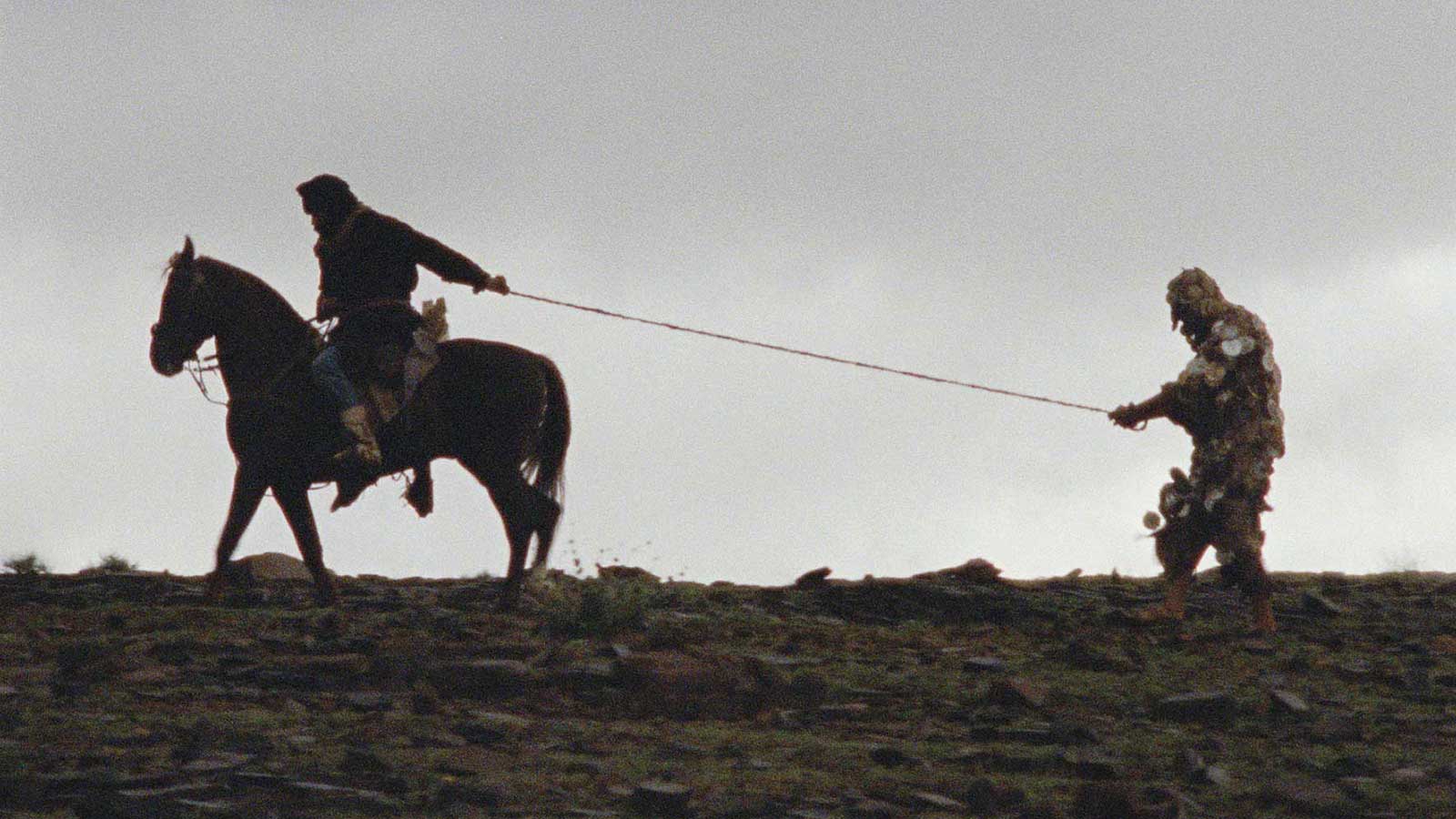
If the quality of the movies had been judged by (the length of) their titles, Ben Rivers’s latest work would have been one of the runner ups, in the worst case scenario. A quirky combination of quasi-documentary and meta-fiction, it pulls us into Moroccan desert which is simultaneously exotic and uninviting, especially for a young director, Oliver Laxe, stuck in a production hell.
After the Reguibat bandits’ vile attack renders him hapless and helpless, our “hero” experiences the pain of being nobody lost in a foreign land and forced into esoteric, dehumanizing buffoonery. His harrowing misadventure, shot on 16mm and brimming with severe beauty, can be interpreted in many different ways, just like Bowles’s short story it is inspired by. Not easily digestible and yet, unforgettable.
24. Journey to the Shore (Kiyoshi Kurosawa)
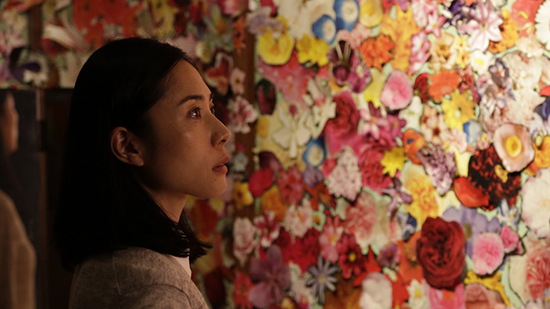
Starring the exquisite Eri Fukatsu and the reliable Tadanobu Asano as a couple whose love blooms posthumously (at least, for a while), “Journey to the Shore (Kishibe no Tabi)” is Kurosawa’s way of telling that his comfort zone is much broader than we think. From the position of a philosopher and empath, he weaves the themes of sorrow, memories and spirituality through the deliberately paced blend of romantic drama and road movie with the elements of supernatural.
Colored with melancholy and rooted in Japanese culture, his story about the acceptance of death is told in a sophisticated manner and given a metaphysical dimension in its second half. Following the inner logic on a thin line between pathos and pathetic, it is populated by believable characters, both living and turned to (sentimental) ghosts, as the fantasy meets reality in a subtle changes of light.
23. True Love Ways (Mathieu Seiler)
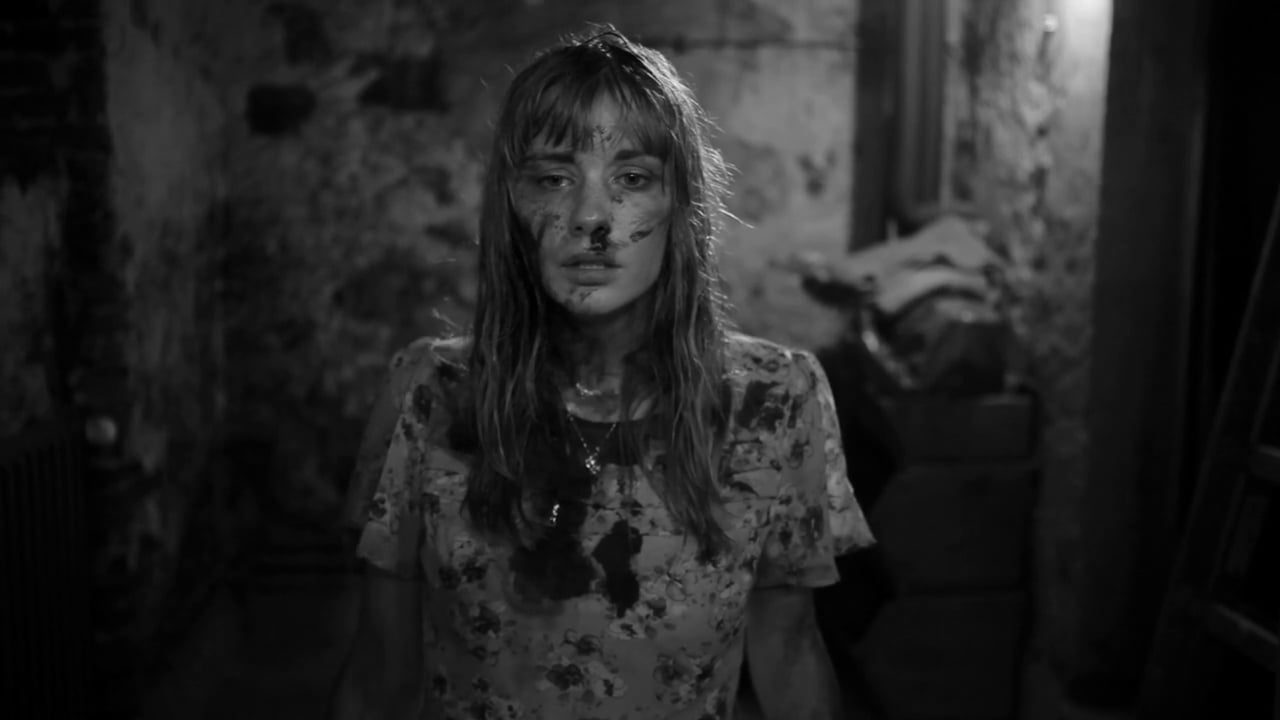
Named after Buddy Holly’s song, “True Love Ways” is far from being mushy, given that it joins artsploitation and rape & revenge subgenre in unholy matrimony, while exploring the darkest parts of psychosexual area. Right from the start, it is suggested that something is weirdly off and our assumptions are proven right through the evolution of a cynical, slowburning romantic drama into a feverishly oneiric suspense thriller.
Heavily influenced by Hitchcock, Polanski, Lynch and, probably, Buñuel (given the protagonist’s name – Séverine), the Swiss-born German director Mathieu Seiler delivers a film which looks like a twisted work of La Nouvelle Vague directed by Géla Babluani (13 Tzameti). Still, there’s enough originality, peculiarity and reinventing here to keep you at the edge of your seat, from the exquisite, retro mise en scène to Anna Hausburg’s magnetic portrayal of a belle de jour in distress (and later, wielding axe).
22. Our Little Sister (Hirokazu Koreeda)
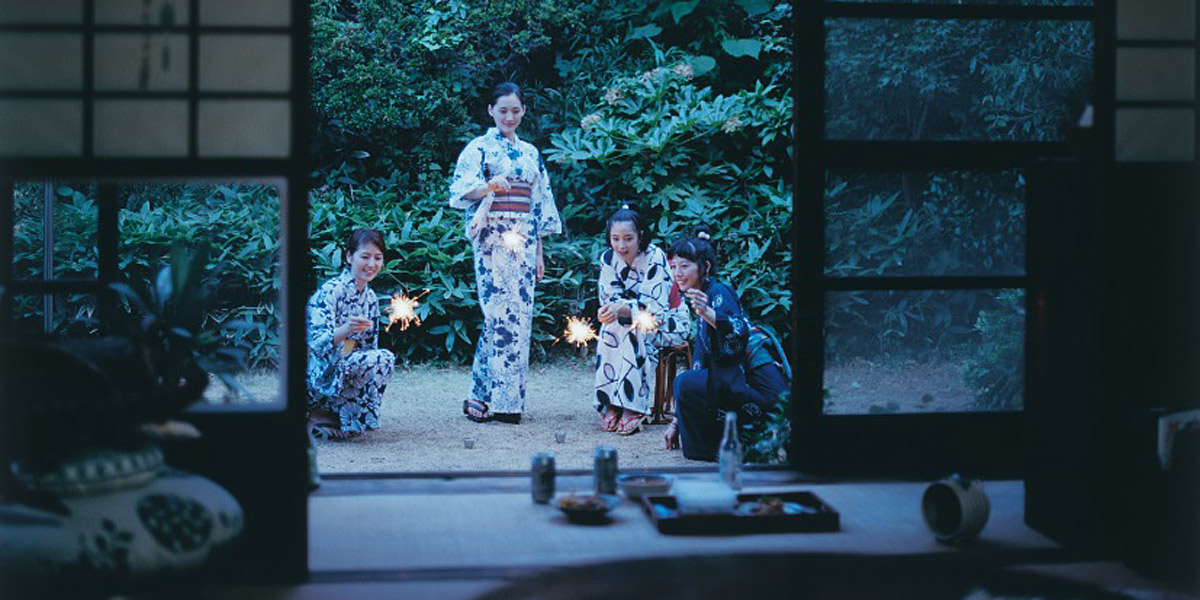
“Our Little Sister” – the adaptation of manga “Umimachi Diary” (which is also the film’s original title) – is the closest you’ll get to mainstream on this list. This relaxing dramedy rings very true, as we have come to expect from Hirokazu Koreeda of “Like Father, Like Son” fame.
It provides soft slices of three sisters and their half sister’s life coated with jam of tiny eccentricities and optimism. When you take a bite, you wish to visit Kamakura where the story is set and feel all the smells of that enticing green town. Neat, quiet, breezy, simple and humble, “Our Little Sister” convincingly conveys the message that a family is not an institution and reminds us that humanity comes with a light side as well.
21. Crumbs (Miguel Llansó)
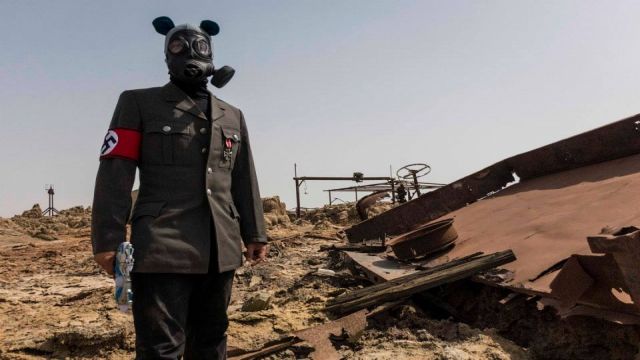
As idiosyncratic as it gets, “Crumbs” is a refreshing, delightfully absurd take on post-apocalyptic sci-fi – a sardonic satire on idolatry and consumerist society in the guise of a mythopoeic journey across surreal Ethiopia of the distant future. Helmed with assurance and a twisted sense of humor, it involves a neo-Nazi with Mickey Mouse ears, a shrine dedicated to deified Michael Jordan and a Ninja Turtle talisman replaced by a plastic sword.
And let’s not forget a mysterious spaceship which hovers above the petty remains of humankind and serves as high-and-mighty MacGuffin… While Llansó successfully reconciles the influences of Jodorowsky, Gilliam and Lynch, his cast of non-professionals shines through with sincere naiveté. Their weird game is wonderfully captured by Israel Seoane’s wide-screen cinematography which is accompanied by Atomizador’s “throbbing alien score” (in the words of Mark Bould).
20. Evolution (Lucile Hadžihalilović)

Hadžihalilović’s sophomore flick feels like a spiritual sequel to her brilliant debut “Innocence” and even though it’s undeniably weaker, it easily tops many movies that (undeservingly) got all the attention in 2016. Yes, it’s enigmatic to the point of impenetrability, but that (the thought-provoking factor) is one of the reasons why it’s so fascinating.
Dark, silent, poetic, ethereal, brooding and filmed with great care on the real-world, yet unearthly-looking location (a forsaken village of Lanzarote, the island in the Canaries), “Evolution” plays upon our fears of the unknown, bordering on Lovecraftian dread with its eery atmosphere. Draped in subdued, “sickly” colors and deep shadows which conceal the answers to ‘whats’ and ‘whys’, it is a visually stimulating nightmare whose elusiveness haunts you long after you have experienced it.
19. The Empire of Corpses (Ryōtarō Makihara)
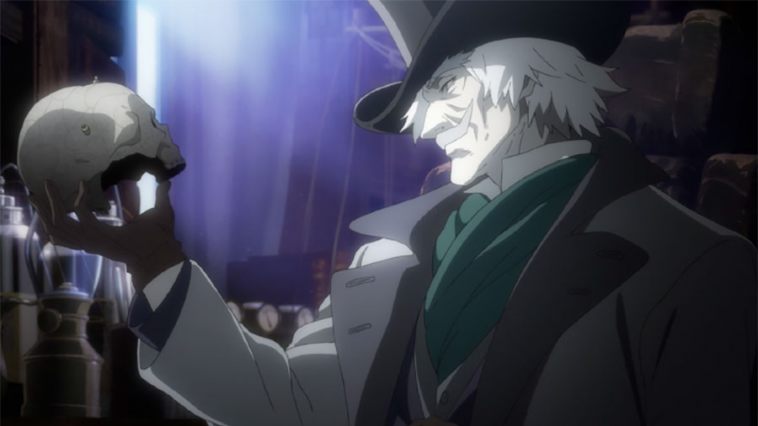
Based on the novel of the same name by early deceased Satoshi Itō, aka Project Itō (1974-2009), “The Empire of Corpses (Shisha no Teikoku)” is an intriguing and spellbinding steampunk fantasy which breathes fresh air to zombie subgenre. Walking a similar route to Moore and O’Neill’s “The League of Extraordinary Gentlemen”, it brings together a bunch of historical figures and fictitious characters on a wild ride.
Ryōtarō Makihara takes the cue from his previous anime (Hal) and tries to solve the riddle of soul and discover the essence of being human (in the era of globalization). Between pseudo-science (of so called “necroware” – a corpse-reanimating software) and mind-blowing action scenes, he leaves enough space for philosophical musings which the characterization is subordinated to (Mamoru Oshii’s influence?).
All the while, we’re treated to the meticulously designed and wonderfully revived Victorian era of the alternative past – credits go to the talented artists from Wit Studio (Attack on Titan).
18. Cosmos (Andrzej Zulawski)

Andrzej Zulawski’s swan song is a cacophonous Ode to Chaos which, whether we want to admit it or not, rules over our lives, destroying the embryos of order as soon as they are formed. It is an odd intellectual farce of mentally unstable individuals with elusive nature and often illogical actions; a confusing existentialist nightmare which ostensibly ends after the awakening.
In a “pompous” fashion, “Cosmos” amalgamates (romantic) melodrama and detective mystery with no solution, breaking the fourth wall after the series of inexplicabilities. Conceived in creative madness, it simultaneously frustrates, fascinates and makes you think you’re losing your mind, but after a (mandatory) rewatch, it starts making sense. When it comes to the eccentric characters, the first glance is deceiving as well.
Rife with “bleurghs” and (pop) cultural references, from Dante’s verses to “Candyman”, “Cosmos” is the “talkiest” film in recent memory and yet, the incessant babbling doesn’t undermine its beauty.